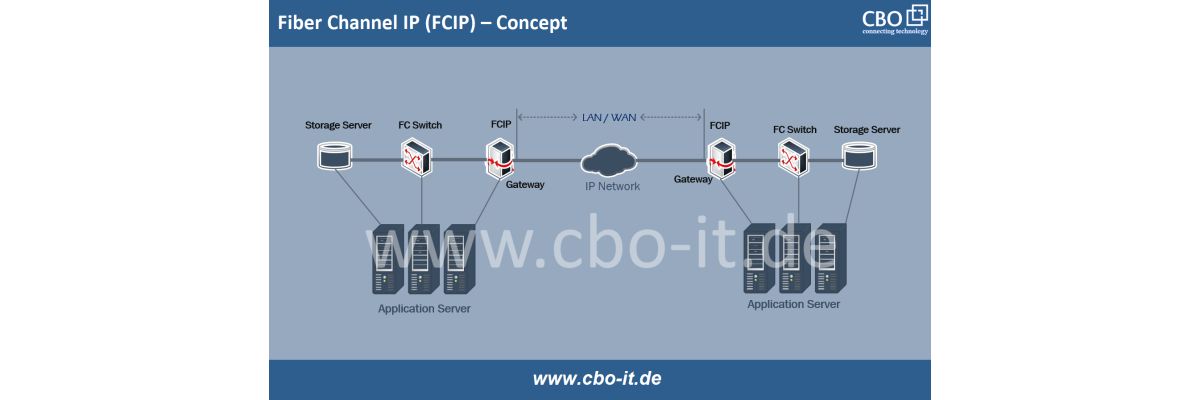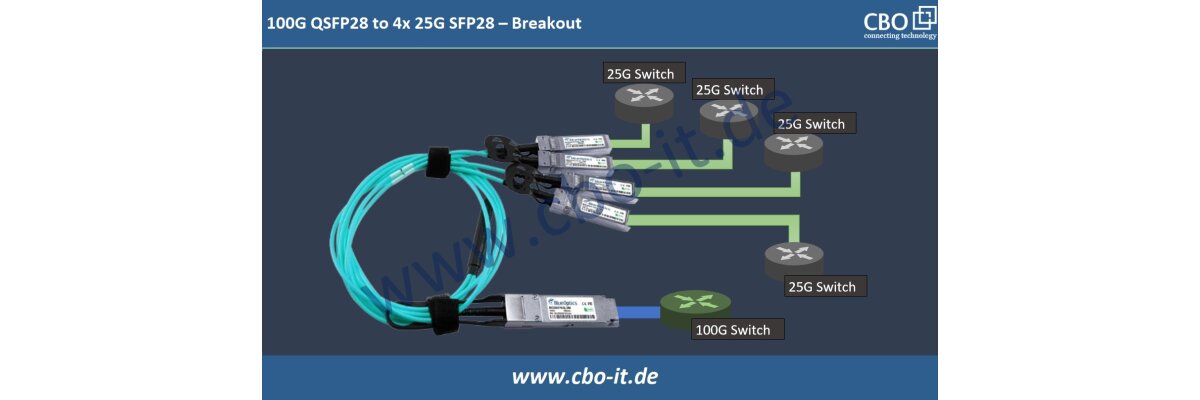To support the Internet of Things (IoT) and growing bandwidth requirements the deployment of new and powerful fiber-based networking infrastructure has become a common thing. In today`s scenario fibers are, and their demand is increasing with time. Here comes the role of optical transceivers. In fiber-based networking architecture, transceivers play a vital role. As we all know, Singlemode and Multimode fibers are widely used in the industry. Similarly, transceivers can also be classified into two groups:
- Singlemode Transceivers
- Multimode Transceivers
Understandably, Singlemode Transceivers are designed to operate with Singlemode Fiber. Whereas, the Multimode Transceivers can be utilized in networking environments based on Multimode Fibers.
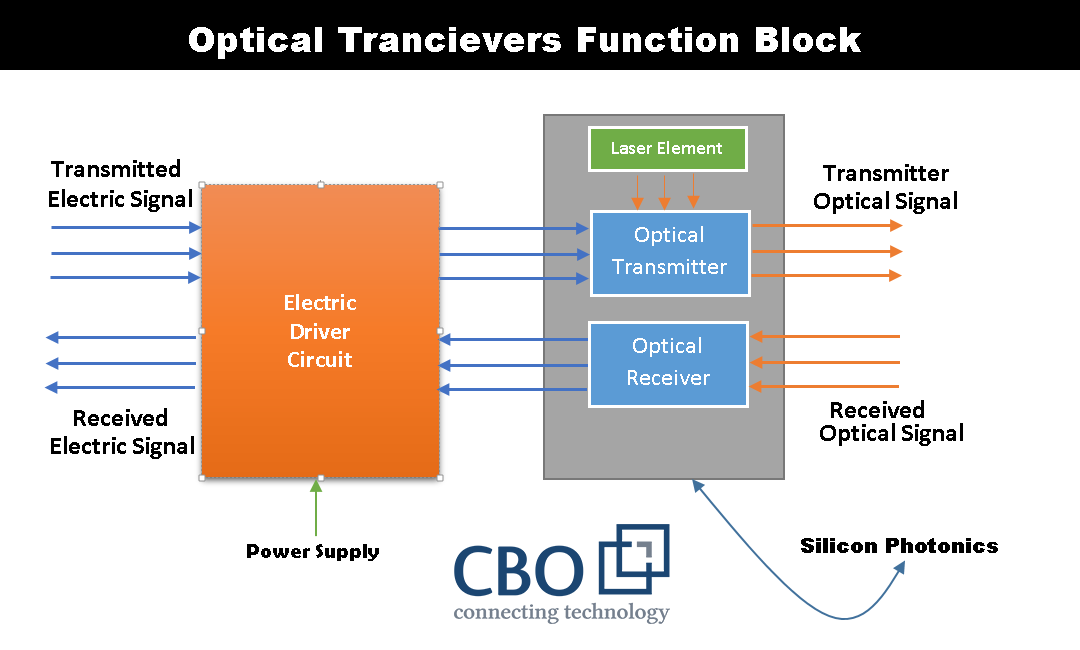
What is a Transceiver?
In fiber optics and networking industry a Transceiver is a device that is used to transmit and receive data over an optical network. Transceivers come with integrated transmitters and receivers.
- The transmitter receives an electrical signal and converts it to an optical output through an LED source. Later, the generated optical signal is transmitted over the attached fiber cable.
- A receiver receives the optical signal transmitted over the fiber cable. A light detector is used to convert the received light signal or optical signal into an electrical signal. The following figure summarizes the function of optical transceivers:
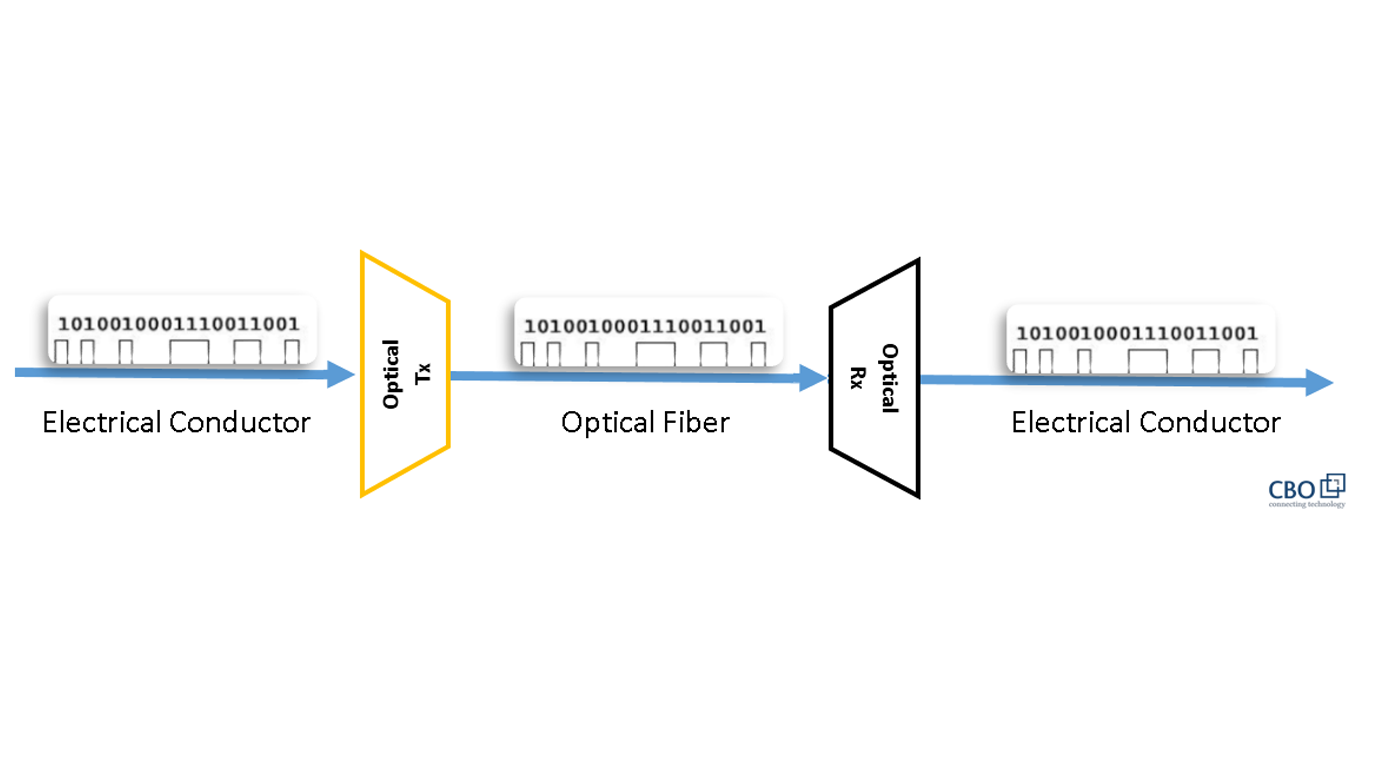
In optical transceivers, transmitter sources play a vital role. These days, following five types of transmitter sources are generally used in transceivers for the conversion of electrical signals into optical signals:
Well, with a broad range of technology and speed options in the market, deciding which way to go and which transceiver class and cabling system to deploy isn’t an easy decision. Here, it is also essential to understand the risks involved in recycling or reusing installed fiber cables with cost saving in mind.
- 1.LEDs
- 2.DFB
- 3.DBR
- 4.VCSELs
- 5.Fabry-Perot Lasers
Singlemode Vs. Multimode – Which one to Choose?
Let us understand some of the most fundamental differences between Singlemode and Multimode Transceivers. For sure, this article is going to be a great help for all those who have confusions in mind about choosing the right kind of optical transceivers.
1.Distance – The Most Crucial Parameter
Well, even a briefest singlemode vs. multimode transceiver comparison can make you understand that singlemode fiber systems are more suitable and sustainable for applications where a long reach is desired. Thus, singlemode fibers are widely used in passive optical networks PONs, metropolitan area networks (MANs) and carrier networks.
On the other hand, Multimode Fiber can operate at wavelengths around 850nm as they come with a much larger core than singlemode fibers. The smaller core in singlemode fibers makes them capable of operating across a broad range of wavelengths between 1260nm and 1650nm. Therefore, singlemode transceiver technology can bring you longer transmission distances and fast data transmission rates. The following diagram can assist you in developing a better understanding of the structural difference between singlemode and multimode fibers.
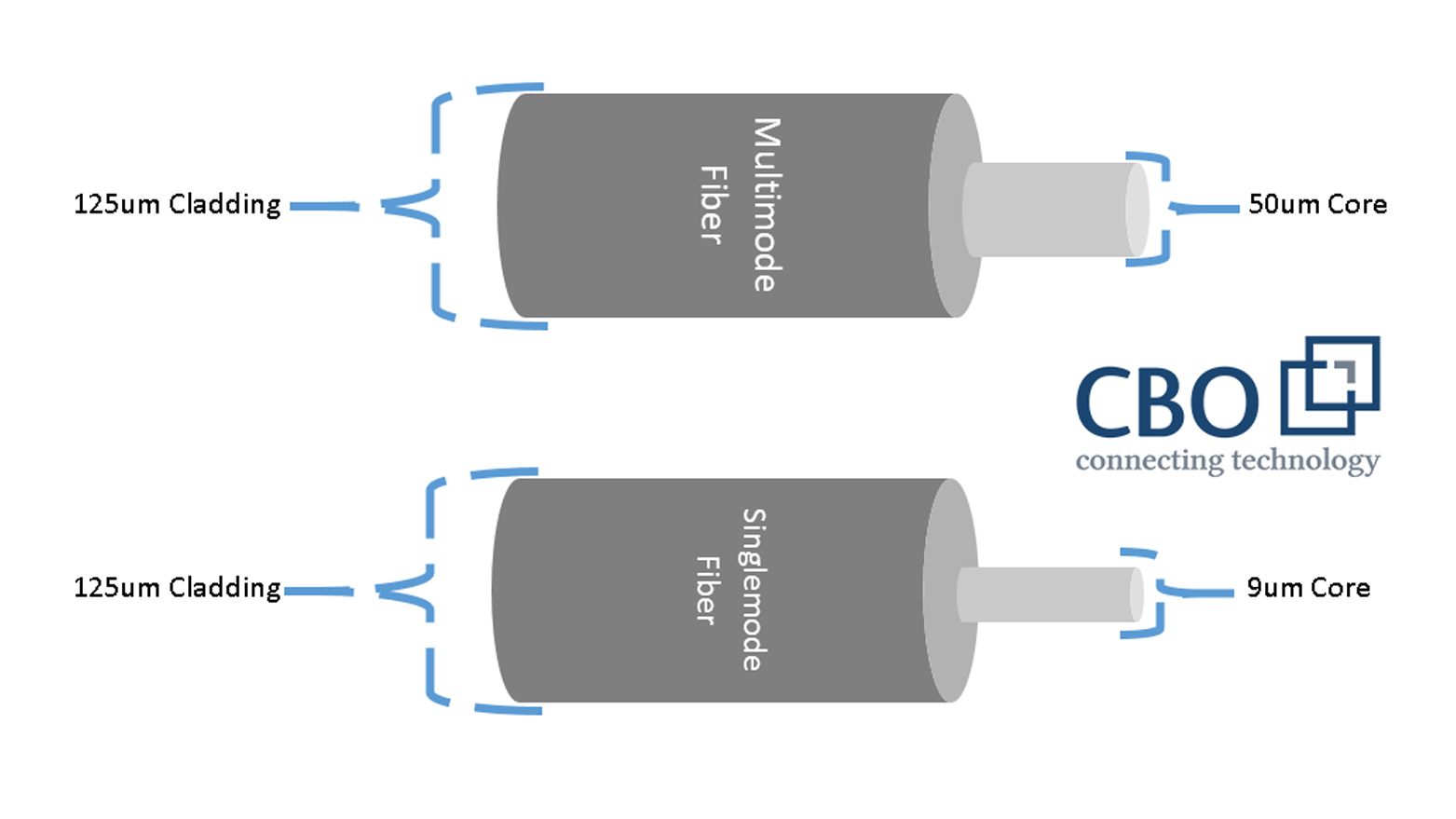
2.The Type of Laser Source
Both the singlemode and multimode transceivers come equipped with different type of laser sources. In multimode modules, VCSELs are usually used. VCSEL is a kind of laser diode that offers significantly lower manufacturing costs as compared to other popular laser options. The
3.Cost–The Most Important Factor!
In terms of cost, singlemode transceivers available on the market are around two to three times costlier than multimode transceivers. One of the biggest reasons behind the expensiveness of the singlemode transceivers is their manufacturing cost. As we have mentioned above – more expensive laser source are incorporated in singlemode transceivers.
4.Speed Requirements
In the telecom industry, the fiber cost happens to be high because of long-distance data transmission. In such environments, singlemode fibers can provide the desired transmission rates with advanced modulation formats support, fast response times and wavelength division multiplexing technology aka WDM.
In the Datacom industry, both multimode and singlemode transceivers can provide >50G speeds. Desired reach, backward compatibility, active gear port speed as well as the net cost of ownership should be considered as defining part of the decision criteria.
Conclusion
Well, Singlemode vs. Multimode transceivers is an unending debate. In fact, they both have some pros and can support various data center applications, and data center interconnects architectures. Remember, a high-quality and reliable optical fiber infrastructure is going to play an important role. Keep in mind different optical connector interfaces even with similar form factors such as; SFP+, QSFP+ aren’t interchangeable. This is because of their differences in fiber core sizes and laser wavelength – more importantly, different transceivers come with different reach and speed specifications.
 English
English
 Deutsch
Deutsch
 Espaniol
Espaniol






